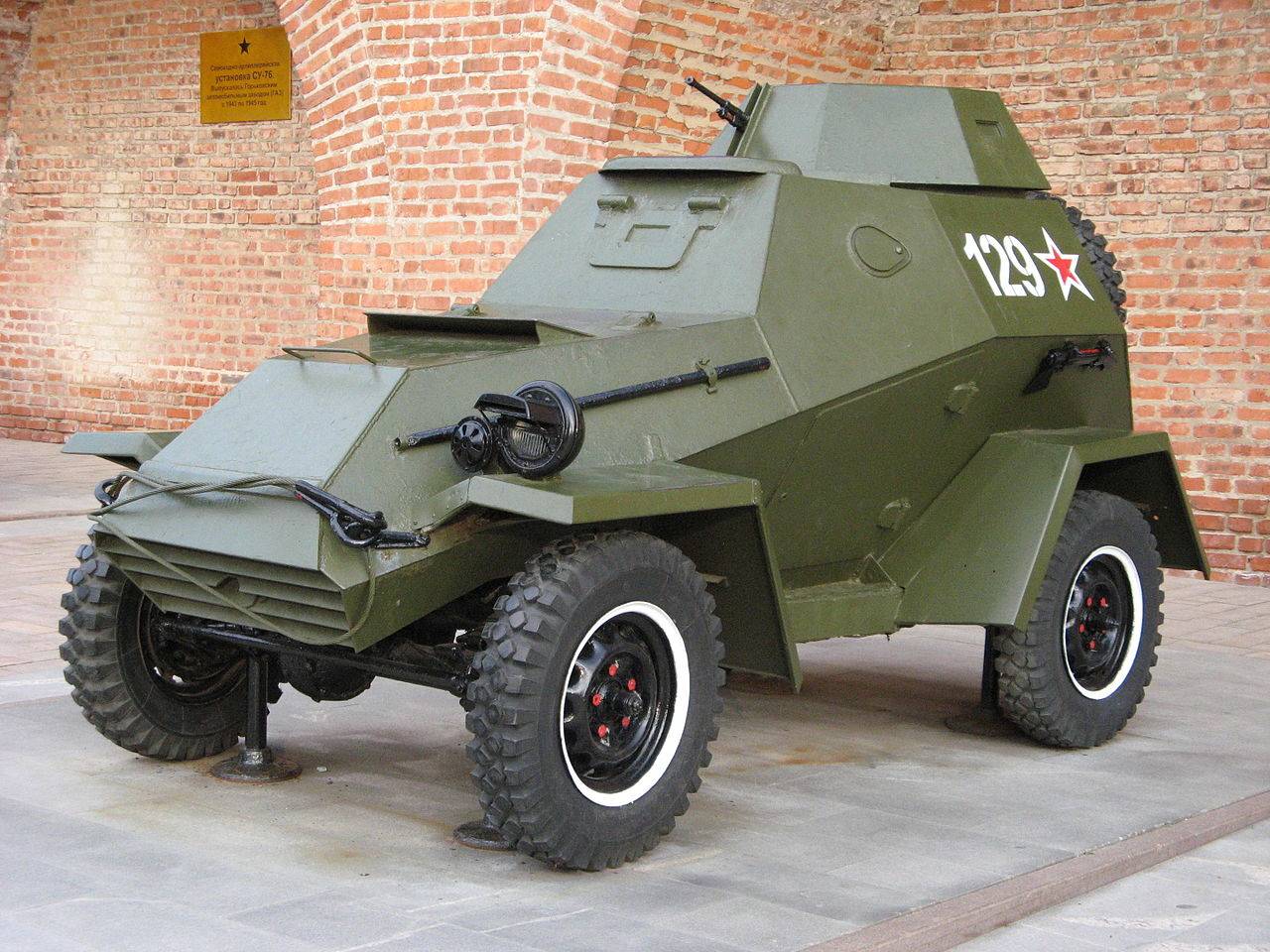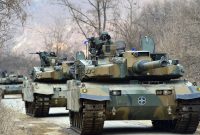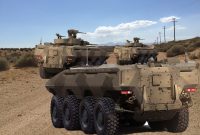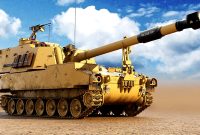The BA-64 armored car is a light armored vehicle produced by the Soviet Union during World War II. It was developed based on the American Jeep Willys MB and entered service in the Soviet military in 1942. The BA-64 was designed to provide mobility and firepower for infantry units, equipped with a 7.62mm machine gun and operated by a crew of two.
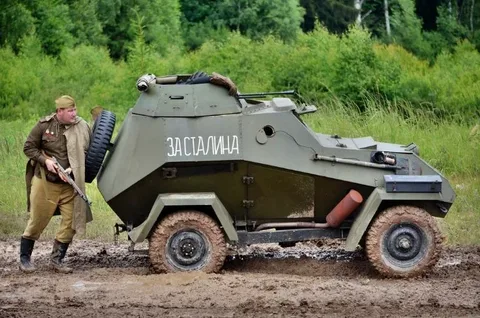
While the BA-64 features relatively thin steel armor, capable of protecting against small arms fire and shrapnel, it is considered an effective vehicle to support infantry units. Over the years, it has been utilized in various conflicts, including World War II, the Korean War, and the Vietnam War, where it demonstrated its reliability and effectiveness across diverse terrains and weather conditions.

Strengths of the BA-64:
-
High Mobility: The BA-64 is lightweight and powered by a robust engine, enabling quick and easy movement across a variety of terrains.
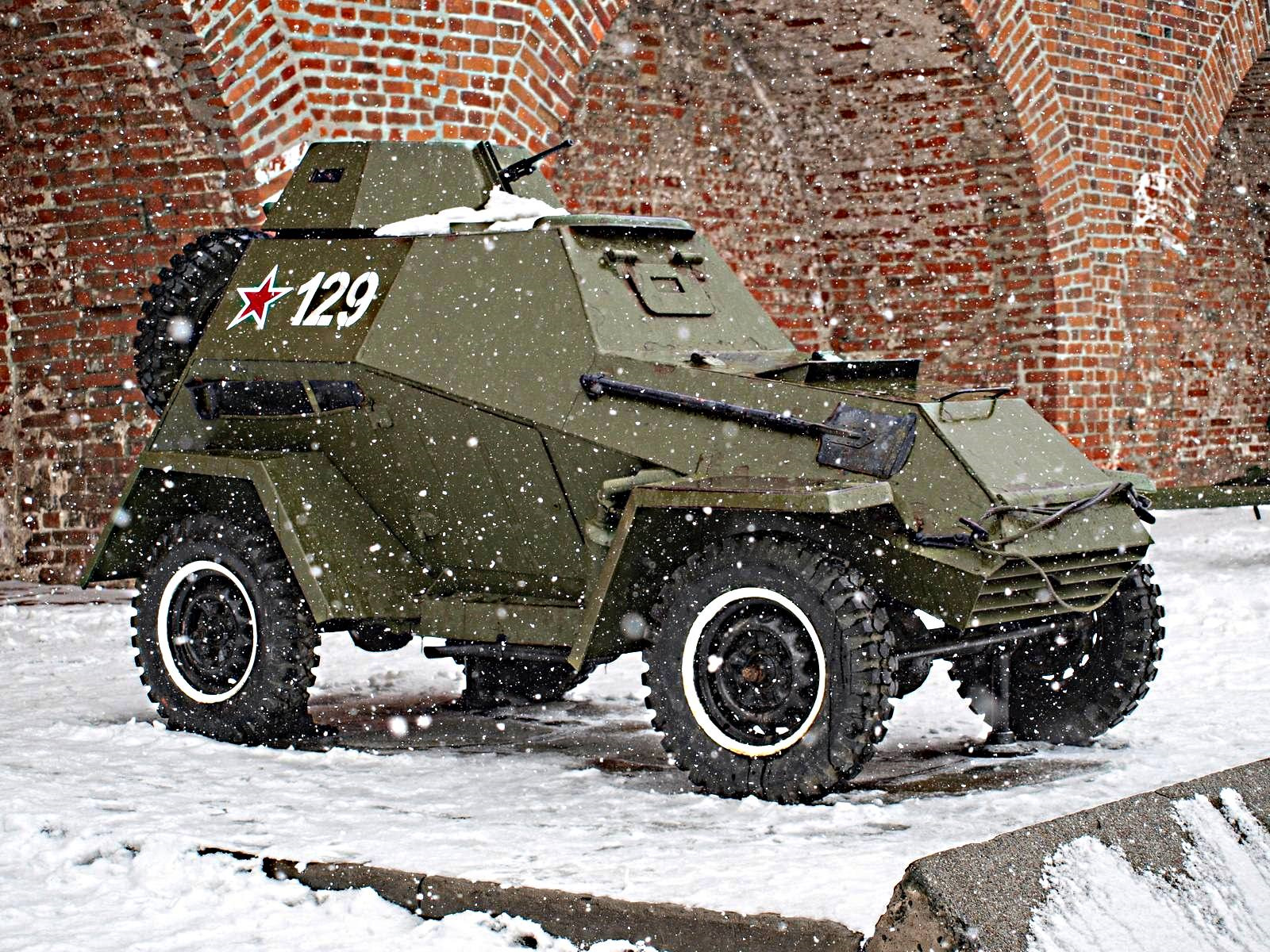
-
Versatility: The BA-64 can be employed in various roles, including reconnaissance, transport, and fire support, making it adaptable to different mission requirements.
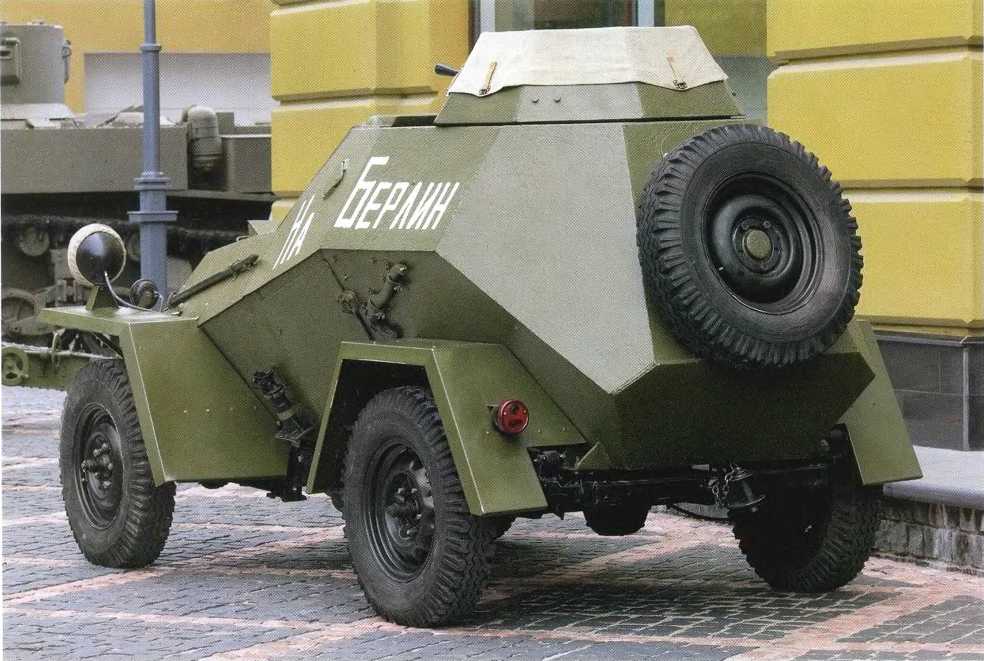
-
Cost-Effective: The BA-64 boasts low production costs, making it a cost-effective choice for armed forces with budget constraints.
Limitations of the BA-64:
-
Limited Protection: The thin steel armor of the BA-64 offers protection against small arms and shrapnel but is inadequate against heavier projectiles.
-
Limited Firepower: Equipped with a 7.62mm machine gun, the BA-64 lacks the firepower needed to engage heavily armored targets.
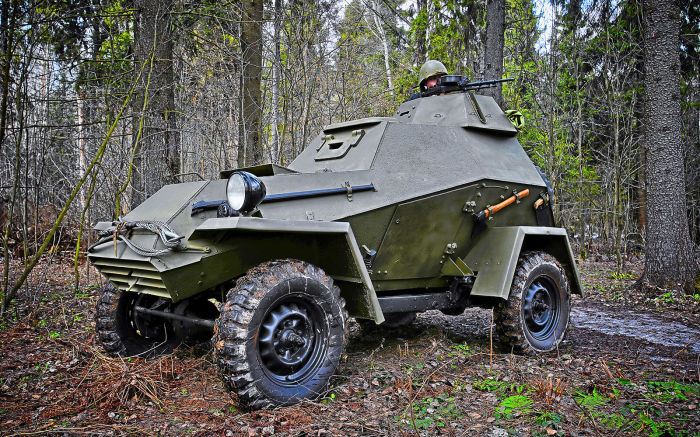
In summary, the BA-64 is an effective light armored vehicle designed to provide mobility and firepower to infantry units. Its operational history in various conflicts demonstrates its reliable and efficient performance. While it has limitations in terms of protection and firepower, the BA-64’s high mobility, versatility, and cost-effectiveness make it a valuable asset for armed forces with diverse operational needs.

